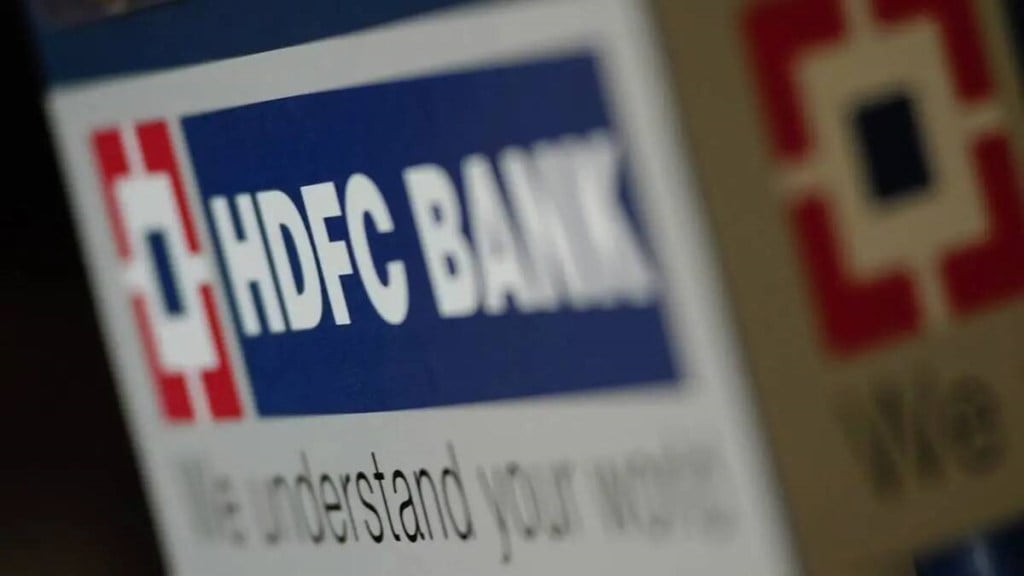It is interesting to see how the banking technology is rediscovering itself after being behind the curve for the better part of three decades, said HDFC Bank chief information officer and group information technology head Ramesh Lakshminarayanan.
“The financial services sector has been a late adopter of technology. This has changed after demonetisation and Covid with there being an explosion in technology adoption. What is interesting now is how this industry is catching up and catching up very fast,” he said on the sidelines of a recent event organised by payments technology provider Mindgate Solutions.
“Today we are seeing a lot of new platforms coming through, whether it is cloud native services, new way of looking at payments platform, new technologies coming through in terms of database technology and micro services platform. What is happening is that the technology that was largely being used by start-ups, fintechs and Big Tech has started coming into banking.”
Also read: Udyam Assist Platform: MSME Min launches new platform to boost registration of informal micro units
In recent times, various financial services entities, including banks, have been forced to hasten the pace of digital adoption, with online transactions on the rise. Digital transactions through the Unified Payments Interface rose to nearly 783 crore in December, from 457 crore a year ago, NPCI data showed. Value of transactions rose to Rs 12.8 trillion from Rs 8.3 trillion.
This rapid growth in digital transactions has evoked much discussion over the technology infrastructure of banks. “Banks have to be extremely aware of the fact that they cannot depend on a couple of large players. With cloudification coming in such a large way, that risk is there,” Lakshminarayanan said.
“We take a very different strategy. To that extent, what we do is to use platforms that are neutral, try and run it multi-cloud, try and get as many ecosystem players for some of the key applications as you can in terms of the contingency,” he said.
HDFC Bank has had its fair share of technology-related issues in the past. In 2020, the Reserve Bank of India had sought an explanation for frequent technical glitches. In December that year, the RBI had asked the bank to stop new launches of its digital business-generating activities and sourcing of new credit card customers due to repeated outages at its data centre. The ban was lifted in March 2022.
“We as a bank recognise that technology is a central pivot on which the future is going to be dependent on. We are systematically thinking on how to build platforms at scale. We still have some way to go. Today, as a bank, we have clearly pivoted to cloud-native architecture and have focused a fair bit on architectural concepts like active-active and distributed memory. We are doing a lot of work on pub/sub architecture,” Lakshminarayanan said.
Also read: Kerala to support manufacturers of the GI tagged products: Industries Minister P Rajeeve
“Unlike in the past where the bank used to depend on platform vendors, we are building our own platform. We are also partnering with a lot of startups and fintechs, which is another deviation from strategy. As we speak, we have a concept of digital enterprise factory where we build platforms in partnerships with new-age players, not necessarily the largest platform vendors,” he said.
